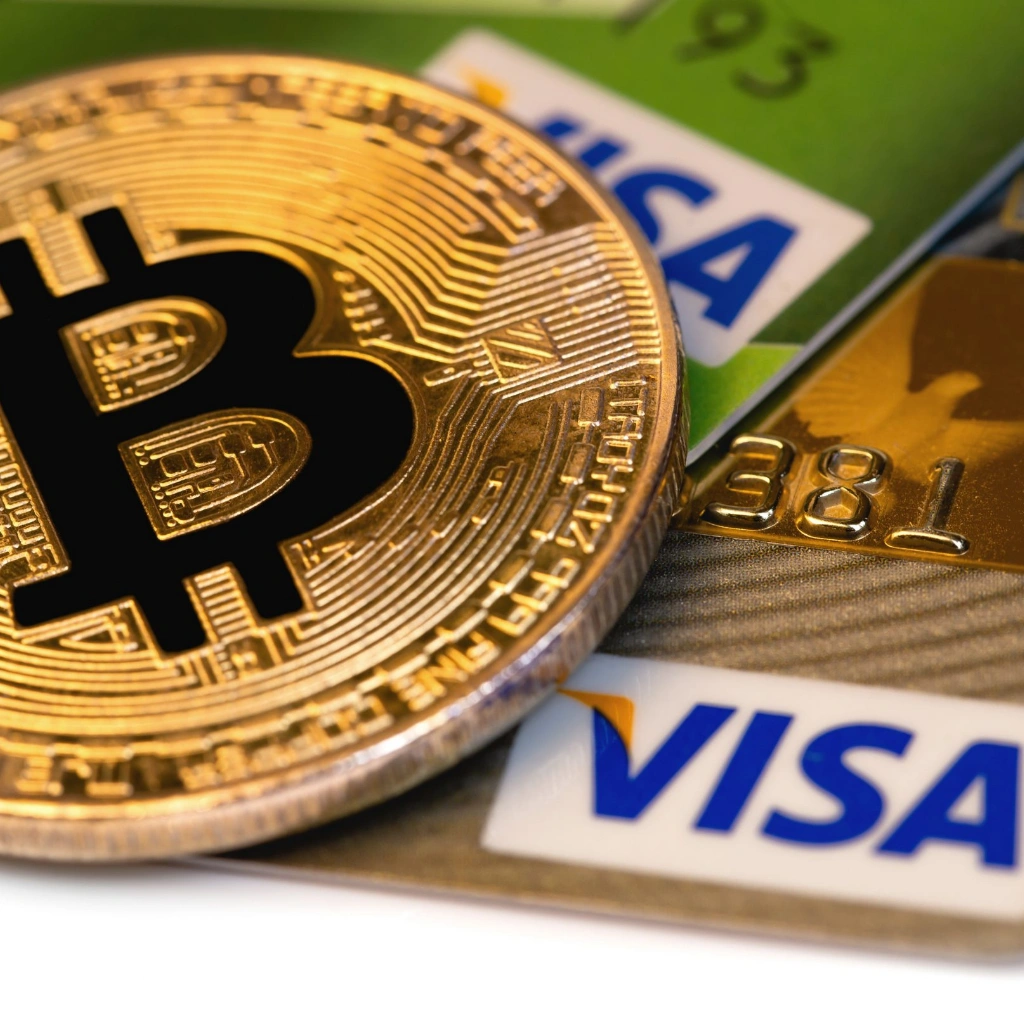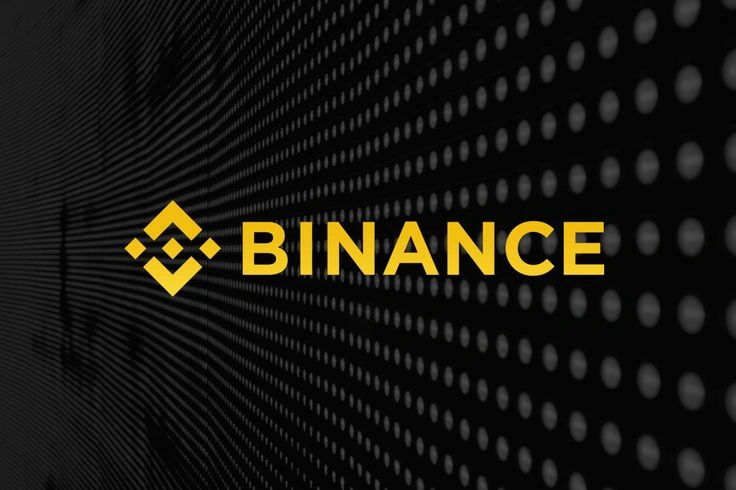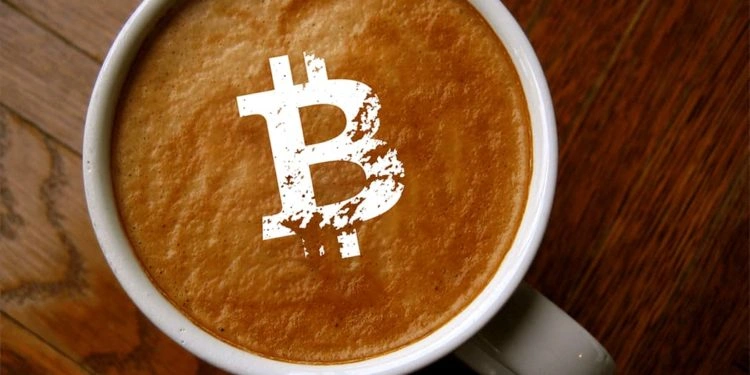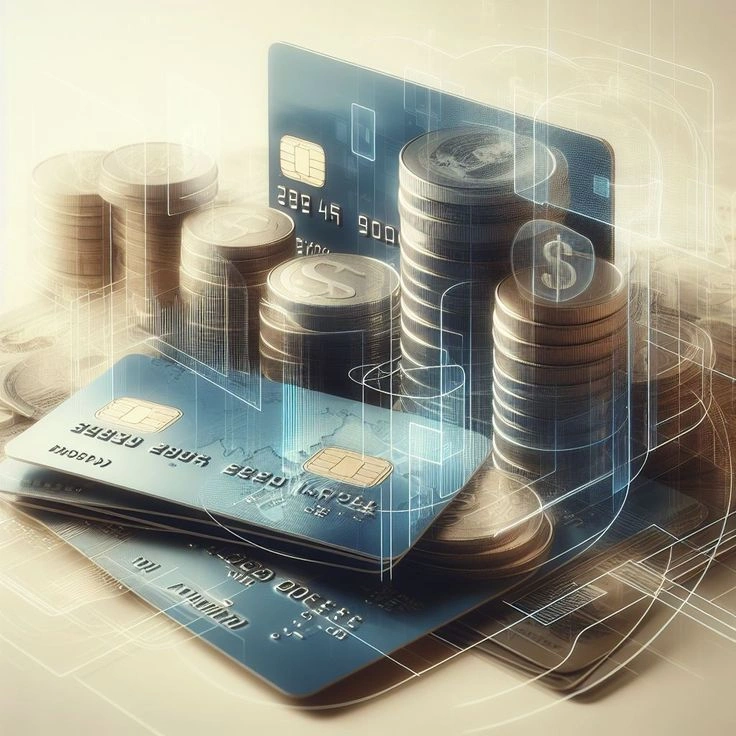Crypto and Bank Card Integration Gains Ground Amid Financial Innovation Surge
April 8, 2025

Crypto and Bank Card Integration Gains Ground Amid Financial Innovation Surge
By Samuel Tan
The growing intersection of digital currencies and traditional banking systems has given rise to a new trend: crypto and bank card integration. What was once considered a futuristic concept is now becoming a tangible part of the global financial landscape.
With cryptocurrency adoption on the rise, banks and fintech companies are moving swiftly to adapt. One of the clearest indicators is the development of hybrid payment cards—tools that allow consumers to spend crypto assets directly, much like they would with fiat currency.
The Mechanics Behind the Integration


At its core, crypto and bank card integration involves linking cryptocurrencies such as Bitcoin and Ethereum to conventional debit or credit card systems. These cards convert digital coins into fiat currency at the point of sale, allowing seamless transactions in real-time.
Global payment giants like Visa and Mastercard have already formed partnerships with crypto platforms such as Coinbase, Binance, and Crypto.com. These alliances have resulted in the launch of branded crypto cards that function similarly to standard bank-issued cards—only now, purchases are backed by digital wallets.
The cards are equipped with instant conversion capabilities, removing the need for users to manually trade crypto for fiat before making purchases.
Crypto and Bank Card Integration: A Step Toward Financial Inclusion?


Supporters argue that this integration represents a major step toward mainstream crypto adoption. One of the long-standing challenges for cryptocurrency has been its limited use in everyday transactions.
“People want to use their assets, not just store them,” said a representative from a major fintech firm. “By enabling crypto spending at cafes, supermarkets, or even online stores, we’re normalizing digital currencies.”
Beyond convenience, proponents also cite incentives such as crypto cashback rewards, potential fee reductions, and the ability to transact without relying solely on central banks or fiat currencies.
For fintech companies, this development presents a competitive edge. As financial services race toward digital transformation, offering crypto compatibility can signal innovation and customer-centric agility.
Challenges Persist: Volatility and Regulation

However, several challenges cloud the future of crypto and bank card integration.
Market volatility remains one of the biggest concerns. With cryptocurrencies often experiencing dramatic price swings, the practical use of these assets for routine spending can be unpredictable. “It’s hard to budget for groceries when your coin could lose 30% in a day,” commented an industry analyst.
Regulatory uncertainty is another obstacle. The legal treatment of cryptocurrencies varies widely across jurisdictions. Some countries have embraced digital assets, while others have imposed strict regulations—or outright bans. This inconsistent landscape could hinder the global scalability of crypto-integrated cards.
Security is also a pressing issue. Unlike traditional bank accounts that offer fraud protection and recovery mechanisms, crypto wallets remain vulnerable to hacking, phishing, and theft. Although many providers are investing heavily in security infrastructure, concerns persist among potential users.
Crypto and Bank Card Integration: Industry Observers Urge Caution—and Innovation

Despite these concerns, industry observers agree that the concept is not without merit. The financial sector has long pursued faster, more inclusive, and decentralized systems. In that context, crypto integration is a natural evolution.
“What we’re witnessing is an experiment in financial infrastructure,” said Dr. Elaine Ng, a blockchain policy researcher. “It’s too early to say whether it will succeed globally, but it is certainly shaping the conversation around money’s future.”
Some experts advocate for hybrid models that offer both fiat and crypto functionality, enhanced by transparent user terms, regulatory compliance, and consumer education. Such balanced approaches could help bridge the divide between innovation and stability.
Crypto and Bank Card Integration: Looking Ahead

While the pace of adoption varies by region and demographic, the momentum behind crypto and bank card integration appears to be growing. Fintech innovation, consumer curiosity, and institutional backing are all contributing to this shift.
Whether the trend becomes a global standard or remains a niche offering will depend on several factors—chief among them being regulation, technological reliability, and public trust.
For now, the blending of crypto and traditional banking continues to raise questions, spark debate, and push boundaries in a rapidly evolving financial world.
Relevant News: Here

